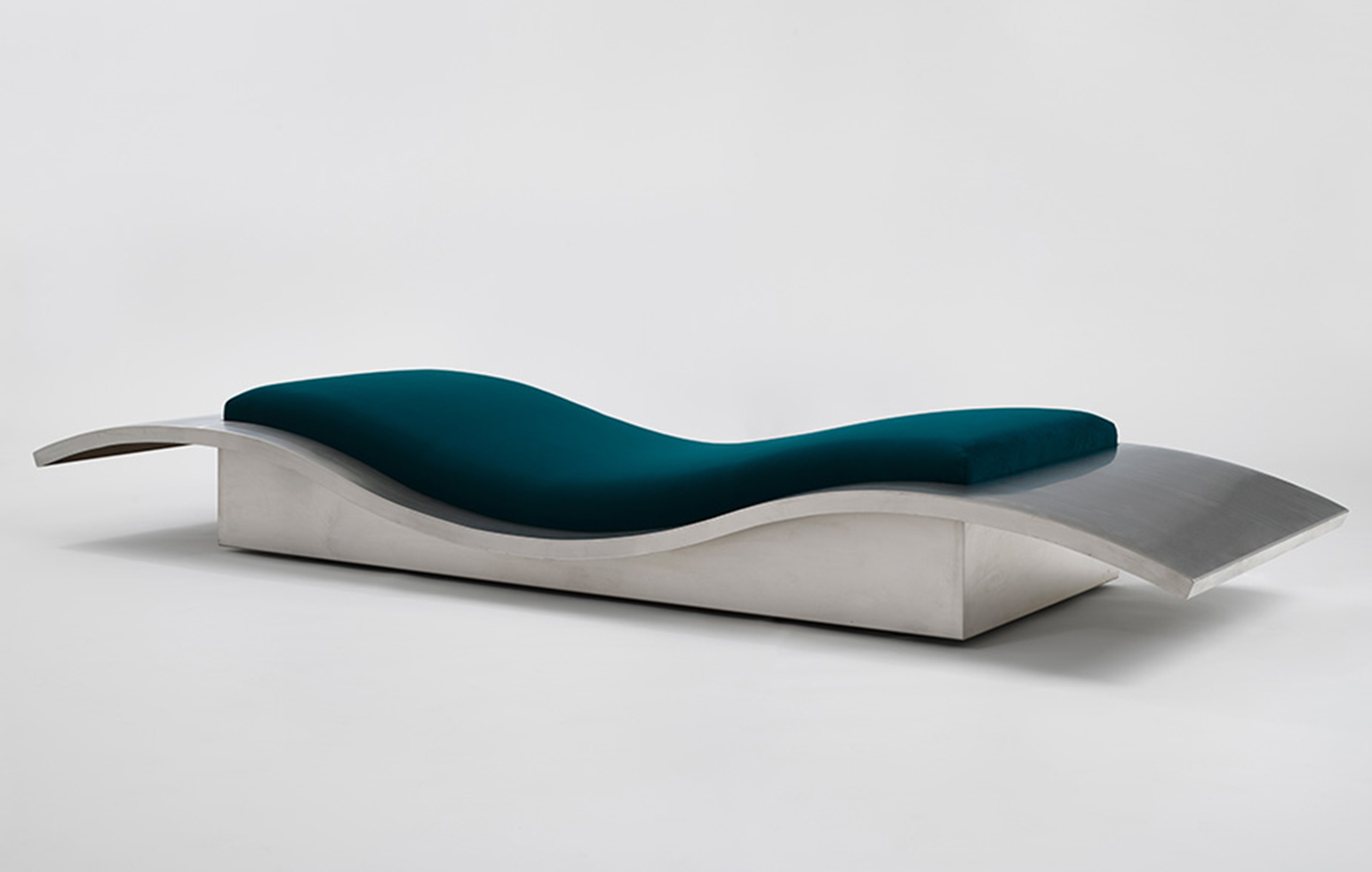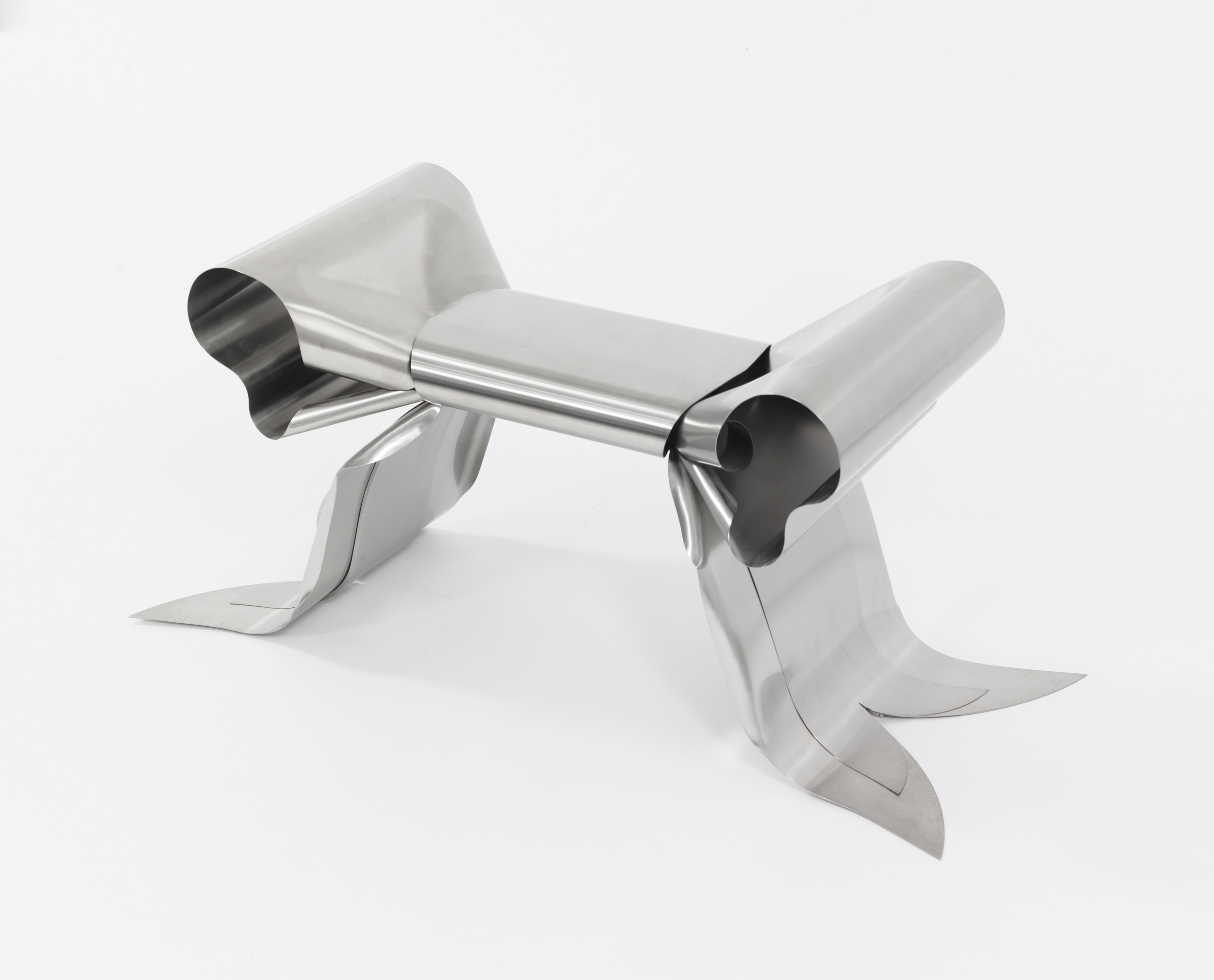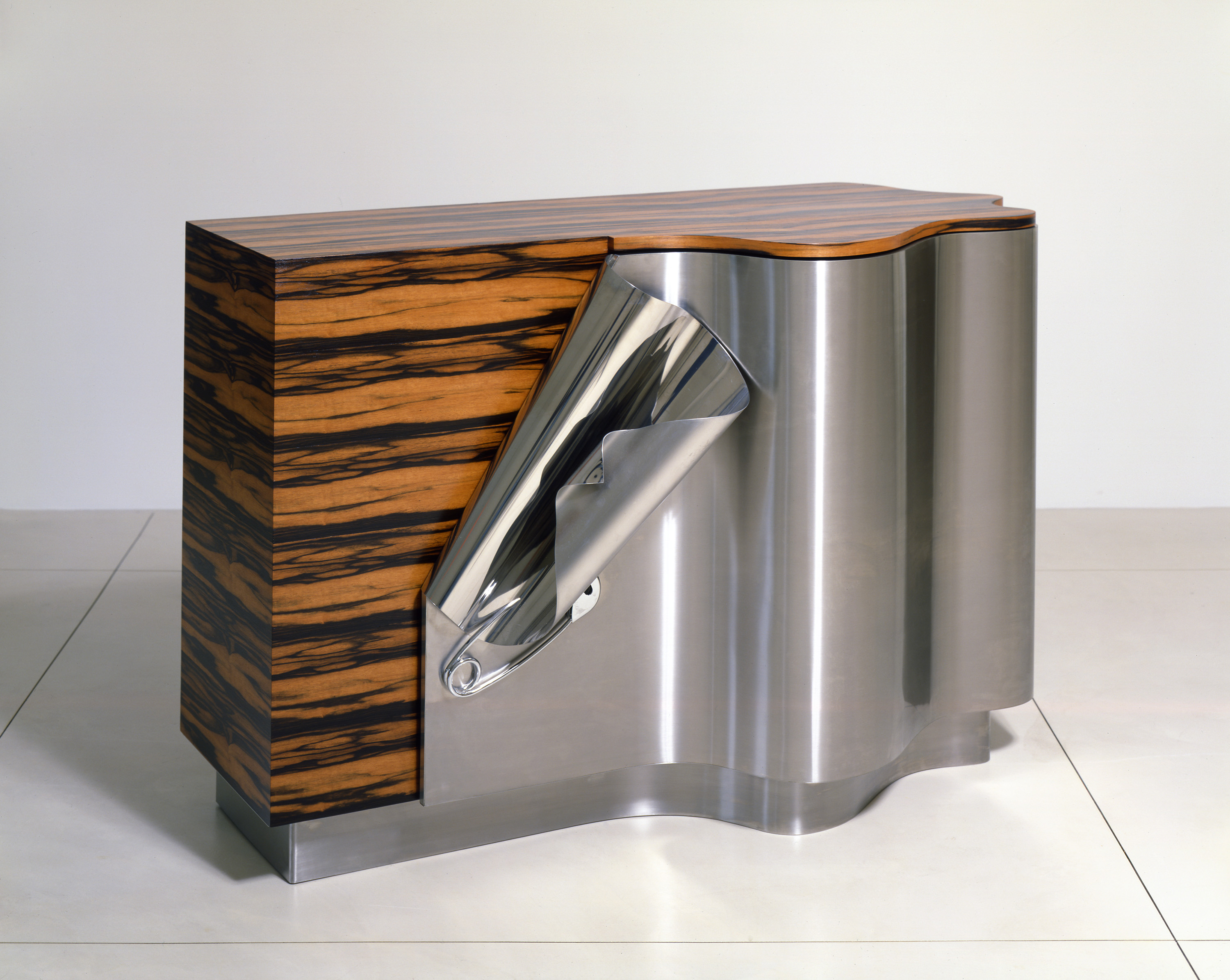
Designer Maria Pergay died on 31 October 2023, aged 93. She spent most of her life in France, where she began her design career in the 1950s: at a time when design strived to be functional, Pergay defied the customs of her time by creating objects and furniture whose silhouettes were experimental, and sophisticated.
Remembering Maria Pergay

'Pergay [was] a force of nature, with a strength of character she attributes to the trials of her childhood,' Wallpaper* Paris editor Amy Serafin wrote in a profile for the magazine in 2012. 'She was born in 1930 in Moldavia, where her father was an engineer officer in the military, as well as a Russian spy. In 1937, his cover was blown and he escaped back to Russia, where he ended up in a labour camp, while Maria and her mother fled to Paris. After the war, she threw herself into her passions, studying costume and set design and taking sculpture classes with artist Ossip Zadkine. She married business student Marc Pergay and raised four children before divorcing 20 years later.'

Her career started in the 1950s, as she worked in silver to create window displays for Parisian boutiques, and her designs soon established her as a key creative in the city, with commissions from the likes of Hermès and Christian Dior. While the silver pieces she created challenged current trends and set the tone for a unique approach to design, they also became precursors to her exploration of stainless steel, a material she favoured throughout her career. 'Steel talks to me,' Pergay told Wallpaper* in 2013. 'If it's ready to obey, it is like a tamed animal. But if it's bad, it's a slap in the face. Fortunately, I haven't received many of those.'

Pergay worked with New York gallerists Suzanne Demisch and Stéphane Danant, who discovered her pieces in the 1990s and were collectors of her work before finally meeting her in Essaouira, Morocco, where she had a home. 'I learned about her architecture commissions for the Saudi royal family, residences and restaurants designed in Moscow, and private commissions for clients including Christian Dior, Givenchy, and Hermès,' recalls Demisch.
'We also talked about possibilities for the future. When other dealers had previously approached her, they were interested in reissuing her past works, but she wanted to create something new, energised in part by this new generation interested in her work. She recounted how her friend, the late art historian and critic Patrick Favardin, told her, "Would Yves Saint Laurent redo his 1972 collection?" This was the beginning of a lifelong bond and collaboration between us.'

Humour was often present in Pergay's work, with thin layers of steel bent like ribbon to form a perfect bow, or a safety pin fastening a sheet of metal onto an ebony cabinet. This was part of her ability to give warmth and sensuality to a material previously considered cold and unsuitable for a domestic environment.
Her visual language had also caught the attention of Silvia Venturini Fendi, who had admired her work long before Fendi's collaboration with the designer in 2013. After inviting her for lunch in Rome, Venturini Fendi enlisted the designer to create pieces for her Avenue Montaigne store, as well as commissioning her to create a series of pieces inspired by Fendi's legacy for Design Miami, kickstarting the annual tradition of merging the fashion house's codes with contemporary design.

Pergay had a key role in the contemporary design canon, and her work has inspired younger generations both from an aesthetic and conceptual perspective. While her designs will continue to be championed by the likes of Demisch Danant to be preserved and celebrated for the future, her pioneering spirit will live on through the mark she has left on the design world.







